Hybrid Air Vehicles / UK
Floating a new idea
Consigned to the history books as a non-viable form of transport and now more commonly seen used by film baddies, the airship is finally being reinvented for the eco generation. British firm Hybrid Air Vehicles is creating a cargo airship that is spacious, fast and green.
Imagine an aircraft that is simpler to fly than a helicopter, can carry the weight of three Abrams Main Battle Tanks and do a fraction of the damage existing cargo transport does to the environment. A small British firm, Hybrid Air Vehicles, believes it has created such a thing. A prototype is regularly seen floating above the fields at Cardington, north of London, where the company is based.
Unlike the traditional cigar-shape that has dominated powered airship design from its conception in the 1850s, Hybrid Air Vehicles’ craft is wider and flatter. The gas bag is shaped like a wing, to produce extra lift. After nearly 40 years making airships, company president and chief designer, Roger Munk, believes he has cracked the three problems that have stopped them being truly viable until now. They have had relatively low lifting-capacity, inefficient propulsion and troublesome, labour-intensive ground handling.
Munk explains that he has full designs for a 165m-long aircraft he’s calling SkyCat 200. It could carry 200 tonnes of cargo over 3,200 nautical miles, going at 95 knots (176km/h). Though this isn’t fast by cargo jet standards, it is a lot quicker than large container ships that average speeds in the mid-20 knots (40km/h). It also has the advantage of being able to travel in a straight line, avoiding choke points such as Suez. Taking military airlift as an example, lifting 1,000 tonnes of ammunition from the UK to Afghanistan could take 34 days by sea and overland, 26 days using 10 C-130 Hercules (making 125 individual flights) or just three-and-a-half days using five SkyCat 200s.
Munk’s company has developed its own lightweight diesel aero-engines with UK motorsport specialist Weslake. And the company has come up with a very neat solution to the thorny issue of how to handle the airship on the ground. Traditionally, airships require large ground crews to man-handle the aircraft’s lines and a mast that they can moor up to.
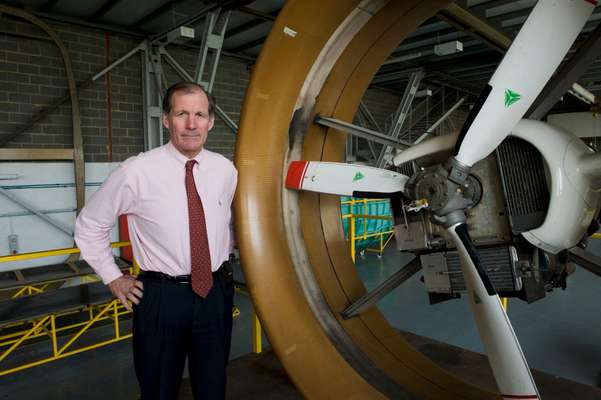

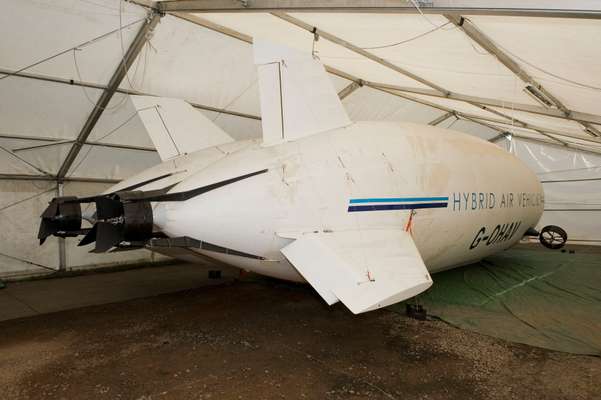
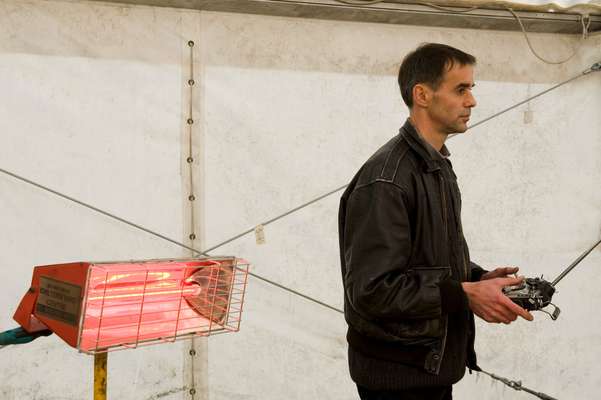
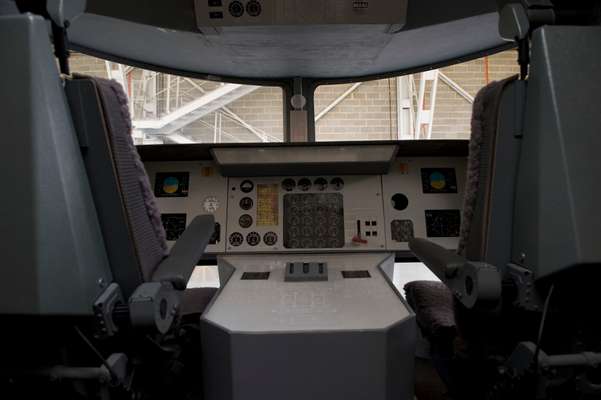
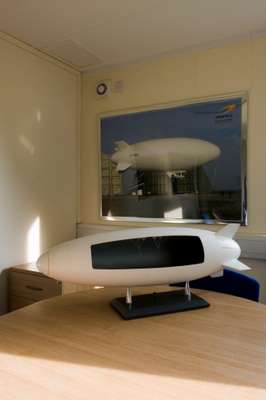

Hybrid Air Vehicles’ design instead uses twin hovercraft skirts along the vehicle’s belly. They are flexible and weigh very little, imposing virtually no impact on the aircraft’s performance in the air. Tests with a scale demonstrator have shown that it can easily land on water and seamlessly move up on to the beach. The clever part comes when the aircraft needs to be held in place, as simply reversing the pitch of the hovercraft’s lift fan sucks the airship to the ground. Munk explains that “this can easily generate over 200 tonnes of downforce, so as the cargo rolls off, the aircraft doesn’t leap back into the sky.” Together with a whole host of other tiny innovations and tweaks, these features start to make the Hybrid Air Vehicle look like a serious option for heavy cargo transport.
The firm is in negotiations with oil companies looking for affordable airlift options to help build long pipelines in difficult locations. There is also interest from several ministries of defence and the conventional fixed wing industry. Military users might be particularly interested in the hybrid’s potential to deliver troops and vehicles into theatres of operation without requiring either an airport or port. Additionally, as the aircraft’s hull and fins are transparent to radar, it is relatively stealthy.
One of the driving factors that may see hybrid airships entering service is the environmental backlash against air travel. While commercial jet aircraft are most efficient at the medium to high altitudes where greenhouse exhausts do the most damage, the SkyCat hybrids fly lower and emit fewer gases. Munk’s projections put the fuel consumption of a SkyCat 200 at 0.15 kg of fuel for 1 tonne/km of payload, while a fixed wing transport like a Boeing 747 cargo plane would use around 0.29 kg. In terms of greenhouse effect based on emissions at altitude, the SkyCat is roughly five times lower.
These are just projections, however, and though Hybrid Air Vehicles has flown its demonstrator for some time to gather data, Munk is aware that he needs to build a full-size aircraft to prove his point. Accordingly, the firm is working up a financing initiative with several interested parties to find the €50m it would cost to build a relatively small demonstrator, which could be flying within around 18 months of contract signature.
Drawing parallels with early steam-powered ship trials in the 1890s, he pointed out that “if Parsons hadn’t built Turbinia [a steam powered, propeller-driven vessel] the Royal Navy would still be driving around with paddles.”
CUTS:
The scale prototype could never be described as beautiful – it is more manatee than porpoise. But it does what’s its designed to do – it optimises the trade-off between speed and lift. The “wing” generates 30 to 40 per cent of the total lift.
Contrary to popular assumption, airships can also absorb surprising amounts of ground fire and keep flying, as proven by a UK airship that was something of a small arms magnet when running surveillance over Northern Ireland during the Troubles.
How it works
The secret of the SkyCat’s hybrid design is its mix of aerodynamic lift and helium buoyancy. The “gas bag” of the SkyCat 200 has a total volume of 457,500m3 shaped into a body wing combination, which produces up to 40 per cent of the lift. Air flows over the skin of the “wing” to give the extra lift. The craft can take off vertically and is yaw-controlled via a bow-thruster, a tilting engine on each side at the front, and two ducted propellers aft for forward propulsion.
SkyCat facts
The 165m-long SkyCat 200 design features a gondola with two pilot stations and 200 sq ft of accommodation for off-duty crew. The main deck has space for bulky cargo and mezzanine decking can be fitted to increase storage space. It can fly up to a height of 3,000m at sustained speeds of around 95 knots, with endurance of up to five days. And it consumes up to 70 per cent less fuel than conventional aircraft for equivalent loads.


